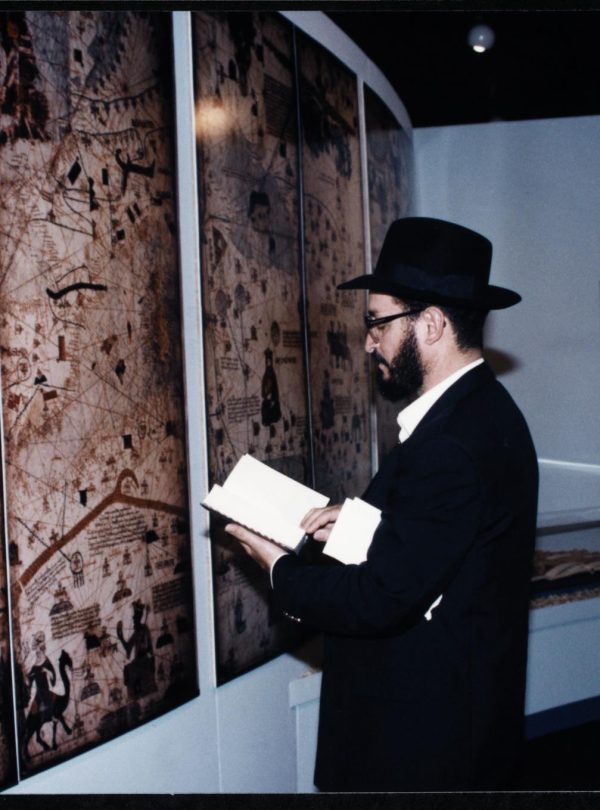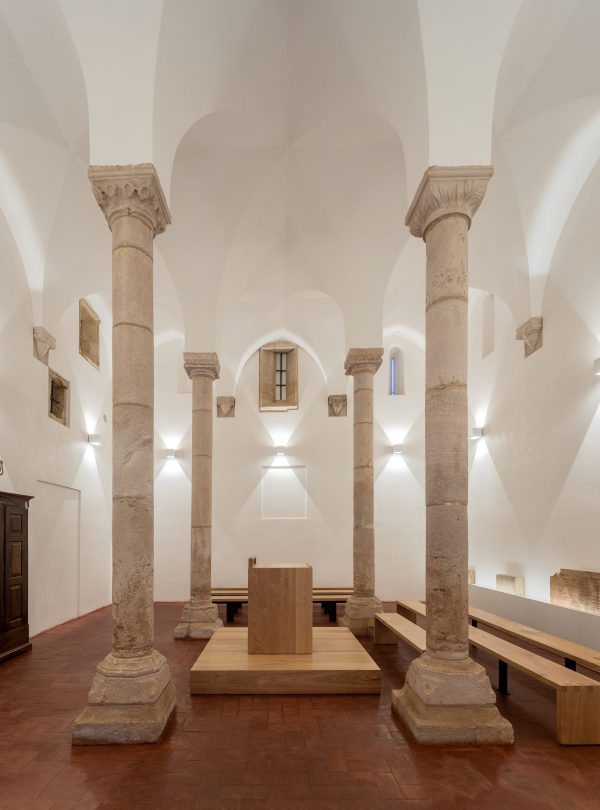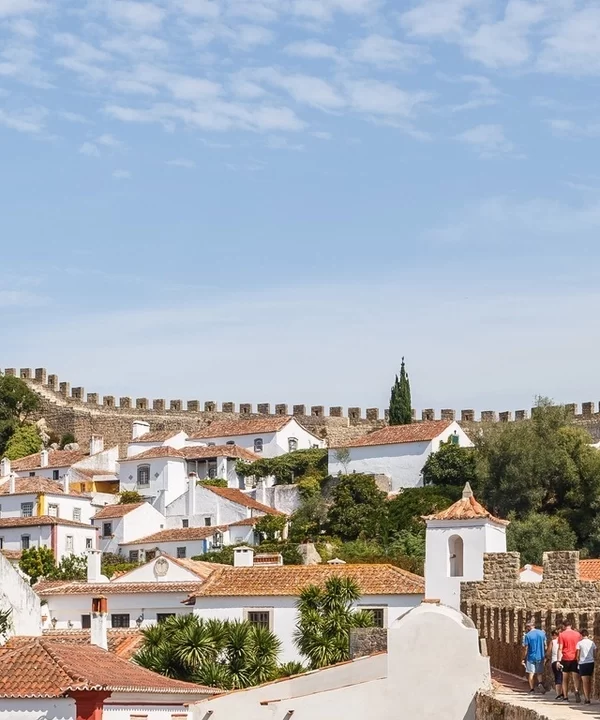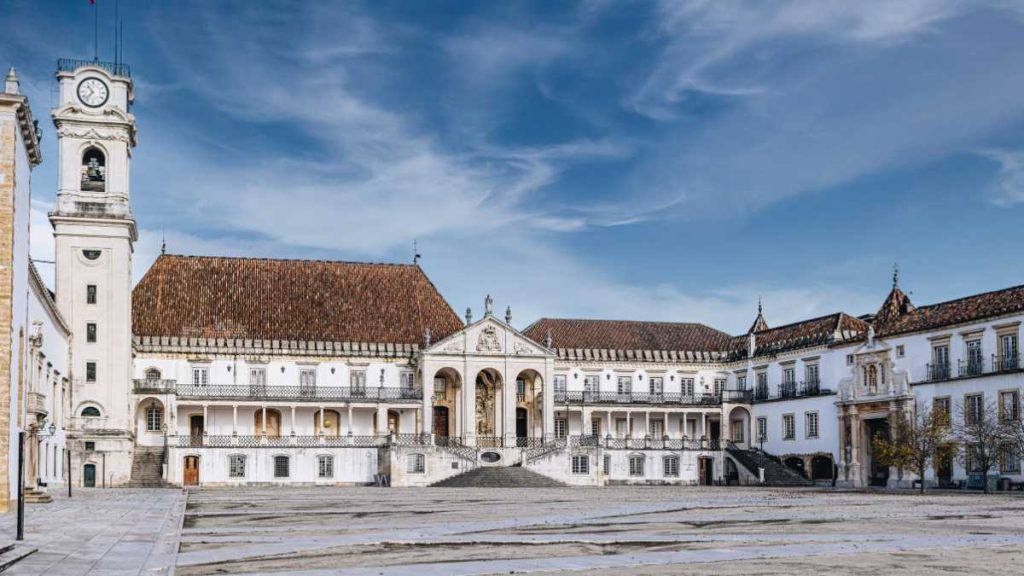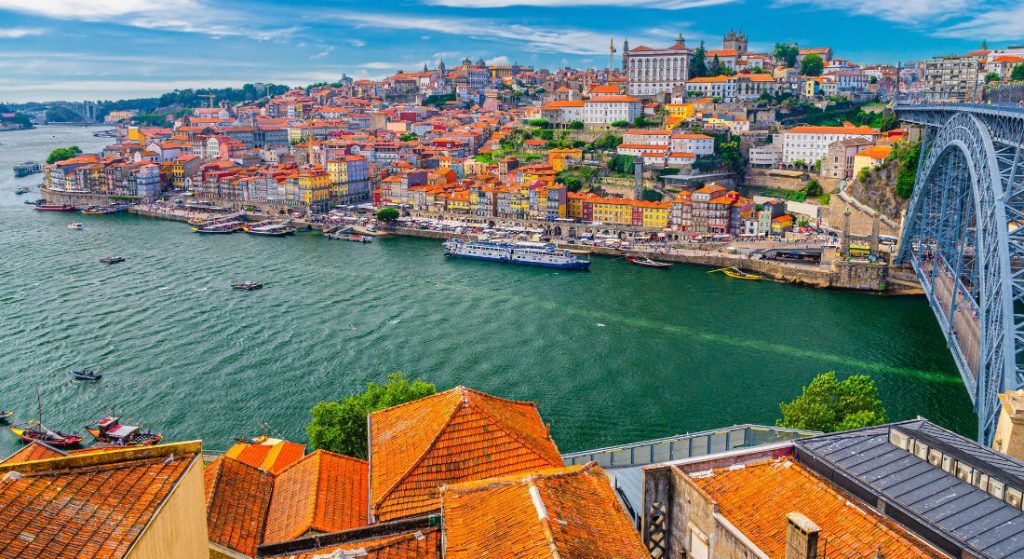Jewish Route in Portugal, Portugal, known for its rich history and cultural diversity, also has a significant Jewish heritage that dates back centuries. The Jewish Route in Portugal is a fascinating journey that allows visitors to explore the remnants of this heritage, with historical sites, synagogues, and old neighborhoods.
Over the years, the Jewish community in Portugal has played an important role in the country’s cultural, economic, and social development.
This private Multi day tour will start and end in the city of Lisbon. If you have any questions, feel free to contact us.
🗓️ Pricing:
| Number of People | Price | Price Person |
|---|---|---|
| 1 Person | 2050€ | – |
| 2 People | 2300€ | 1150€ Per Person |
| 3 People | 2450€ | 816€ Per Person |
| 4 People | 2700€ | 675€ Per Person |
| 5 People | 2800€ | 560€ Per Person |
| 6 People | 2950€ | 491€ Per Person |
| 7 People | 3200€ | 457€ Per Person |
| 8 People | 3350€ | 418€ Per Person |
In Tomar, the Tomar Synagogue, built in the 15th century, is one of the oldest in the country. Although the synagogue was abandoned during the Inquisition, it represents one of the first Jewish buildings in Portugal. Today, part of the synagogue serves as a museum dedicated to Jewish history, and the building is a memorial site.
The presence of Jews in Portugal dates back to Roman times, but it was during the Middle Ages that they became more visible, particularly in cities such as Lisbon, Porto, Coimbra, and Evora. During the 13th and 14th centuries, Jews in Portugal were an active part of society, contributing to trade, medicine, and education. The Kingdom of Portugal was a relatively tolerant religious place, where Jews lived peacefully alongside Christians and Muslims.
However, the history of Jews in Portugal took a dramatic turn during the reign of King Manuel I in the 15th century. In 1496, the king issued a decree forcing all Jews to convert to Christianity or leave the country. This event marked the beginning of the Portuguese Inquisition, which persecuted and forced many Jews to practice their faith in secret. The forced conversion of Jews led to the creation of a new class, the Marranos, Jews who converted to Christianity but continued practicing Jewish customs secretly.
Jewish Route in Portugal: Discover the Jewish Heritage
The Jewish Route of Portugal includes several synagogues and important historical sites that represent the rich Jewish heritage of the country. One of the most important synagogues still standing is the Belmonte Synagogue, located in the city of Belmonte, one of the few places in Portugal where Jews were able to continue practicing their faith in secret during the Inquisition.
The Jewish Route of Portugal is an excellent way to explore the history and heritage of Jews in the country. Visitors can follow this route, which includes synagogues, Jewish cemeteries, and museums, as well as cities like Tomar, Belmonte, Coimbra, Lisbon, and Porto, where traces of Jewish presence can still be found. Any doubt ? Contact us….
We start in Lisbon, exploring the old Jewish Quarter in Alfama, the oldest part of the city, filled with alleys that reflect the Arab heritage. Fado, the typical music of Portugal, was born in this neighborhood, steeped in nostalgia. We then proceed to São Jorge Castle, a remnant of Arab civilization, followed by a visit to Lisbon Cathedral, with its Romanesque architecture, where the birthplace of Saint Anthony is also located. In Baixa, we understand the importance of Pombaline architecture, which emerged after the earthquake of 1755, with new constructions designed to withstand future disasters. We cross Avenida da Liberdade to Marquês de Pombal Square and Eduardo VII Park, where we enjoy the view and discuss the historical relationship between Portugal and England. After lunch, we head to Belém, an iconic site from the Age of Discoveries, where we will visit the Belém Tower, Jerónimos Monastery, and the Discoveries Monument, concluding with a tasting of the famous pastéis de Belém. Additionally, we can schedule a visit to the Lisbon Synagogue.
Leaving Lisbon, we go to Tomar to visit the ancient synagogue, built between 1430 and 1460, the oldest in Portugal. Next, we visit the Convent of Christ, which began as a Templar castle, representing medieval military architecture. Then, in Castelo Branco, the Jewish Memory House highlights the Jewish presence in the region and historical figures such as Amato Lusitano.
Finally, we arrive in Covilha, where the influence of Portuguese Jews is notable, including Pêro da Covilhã, who helped chart routes to India. – Overnight In Covilha
We start the day in Belmonte, a village with significant Jewish heritage. Although little is known about the initial presence of Jews in the region, their impact on history is undeniable, evidenced by the remnants left behind. In 1910, while demolishing the Church of St. Francis, a stone from the first synagogue in Belmonte, dating back to 1297, was discovered. This indicates that the Jewish community was significant, justifying the need for a place of worship. We will visit the synagogue and the Jewish Museum. Then we continue our route to Guarda, where the Jewish community was one of the most important and ancient in the country. – Overnight in Guarda
We start the day in Lamego, where the Jewish community established itself between the castle and the Church of Santa Maria de Almacave since the 14th century. In the following century, there were two Jewish neighborhoods. We proceed to the Douro Valley, famous for Port wine. We will visit the viewpoint at Casal de Loivos for breathtaking views and the Pinhao station, known for its tile panels depicting wine production. The region has been a UNESCO World Heritage Site since 2001. Finally, we will visit a winery to understand the wine production process, from cultivation to tasting.
A day spent in the city of Porto, which has had various Jewish quarters since the beginning of Portuguese nationality. In 1386, King João I ordered Jews to be concentrated in the Olival neighborhood, within the medieval walls. We begin our tour at Casa da Música, an amphitheater of modern architecture, and continue to Matosinhos and Foz, where the upper-middle class resides. An important site is the Holocaust Museum, the only one of its kind in Portugal and Spain, which recounts the experiences of many Jews in the city. In downtown Porto, we visit Avenida dos Aliados, with the city hall and the statue of Dom Pedro I, and the beautiful São Bento Station, famous for its tiles depicting the history of Portugal. The bustling Rua de Santa Catarina is home to Café Majestic, an iconic café from the “Belle Époque.” We will also visit Livraria Lello, renowned for its beauty and as an inspiration for Harry Potter, followed by Porto Cathedral and the Stock Exchange Palace. After crossing the D. Luis Bridge, we arrive in Gaia, where we will visit a Port wine cellar and the Monastery of Serra do Pilar, which offers stunning views of the city and the mouth of the Douro River. There is also the option, upon reservation, to visit the Porto Synagogue.
Leaving Porto, we head to Aveiro, known as the “Portuguese Venice,” famous for its canals that once transported salt. We explore the historic center, filled with Art Nouveau buildings, including the market designed by Gustave Eiffel. We will have time to taste the traditional “ovos moles” and, if desired, take a ride on a moliceiro boat. Next, we arrive in Nazare where we can see fish drying on the beach and the women in “seven skirts.” Nazare is famous for its giant waves, especially after the world record set in 2013 by surfer McNamara. Finally, we visit Obidos, classified as a UNESCO World Heritage Site, where we explore its narrow whitewashed streets. The village, which was a gift from King Dinis to Queen Isabel, has a rich history linked to the Templars and the House of Queens.



